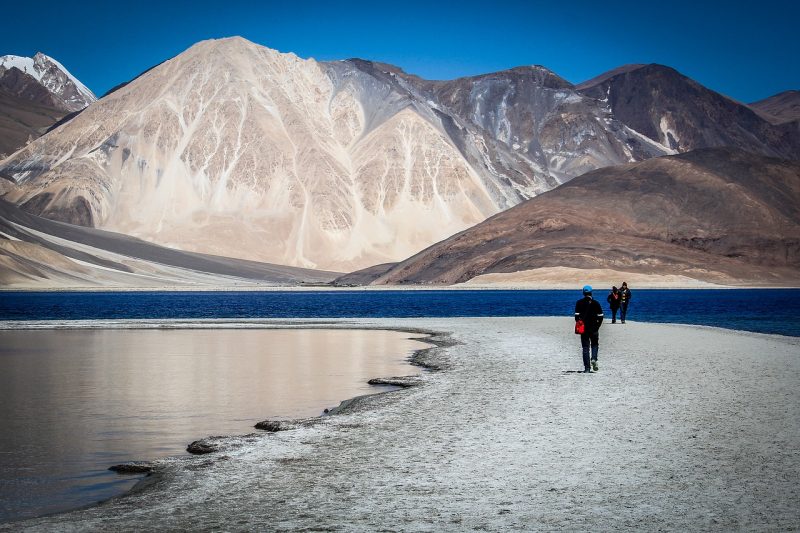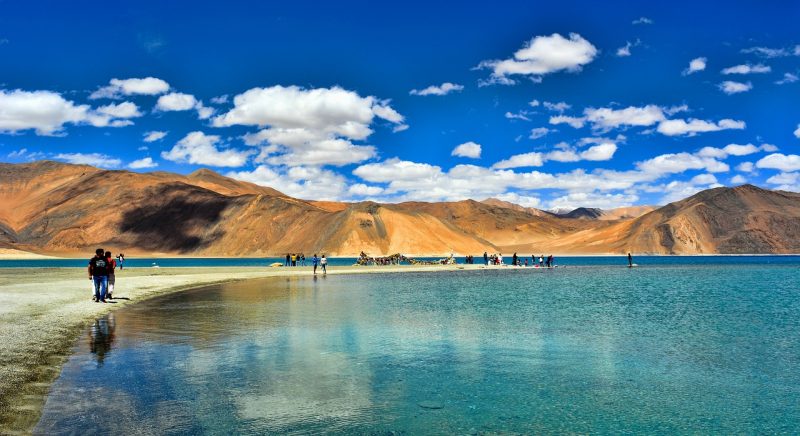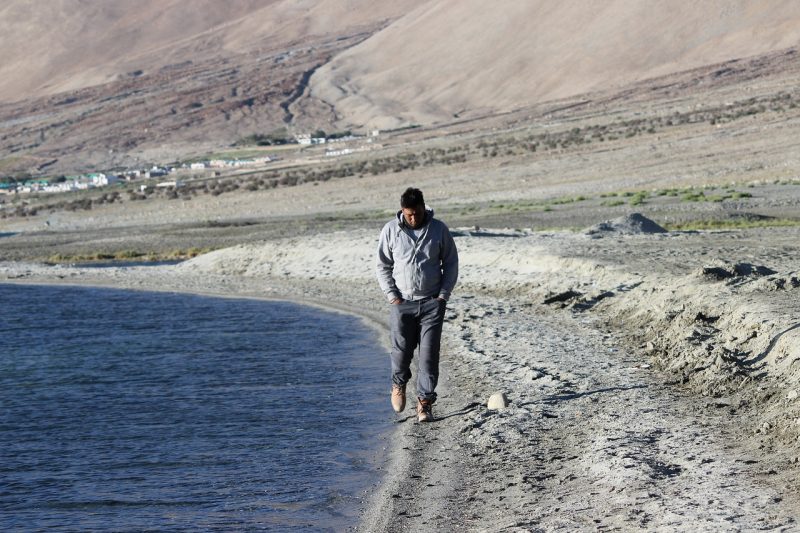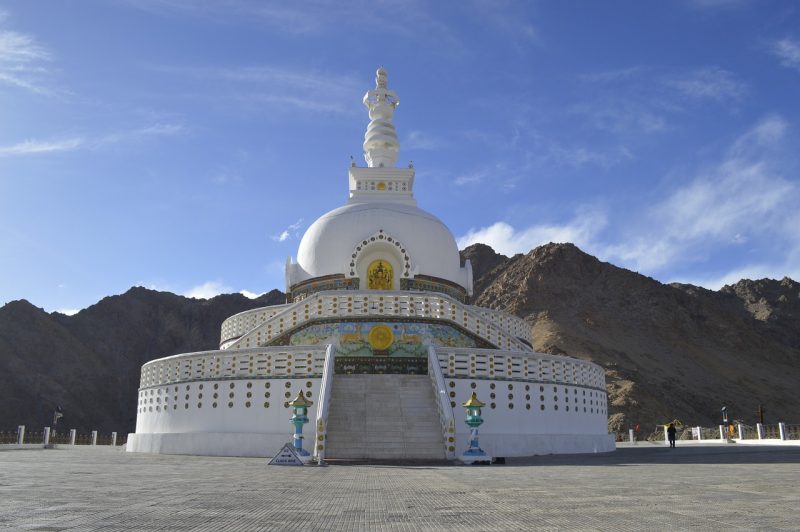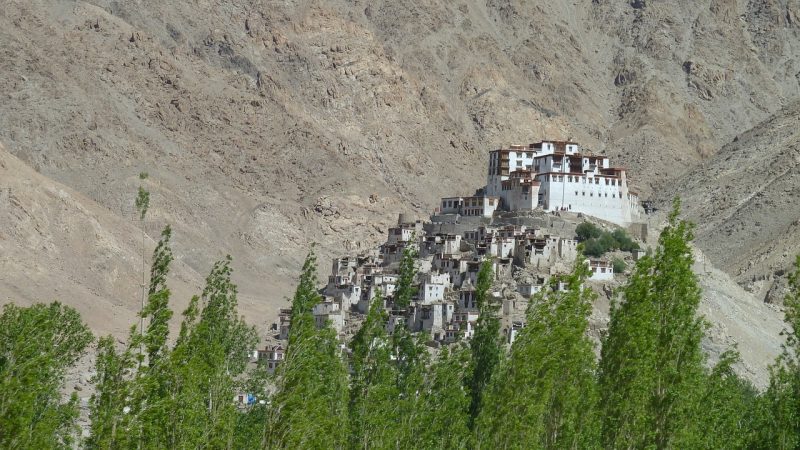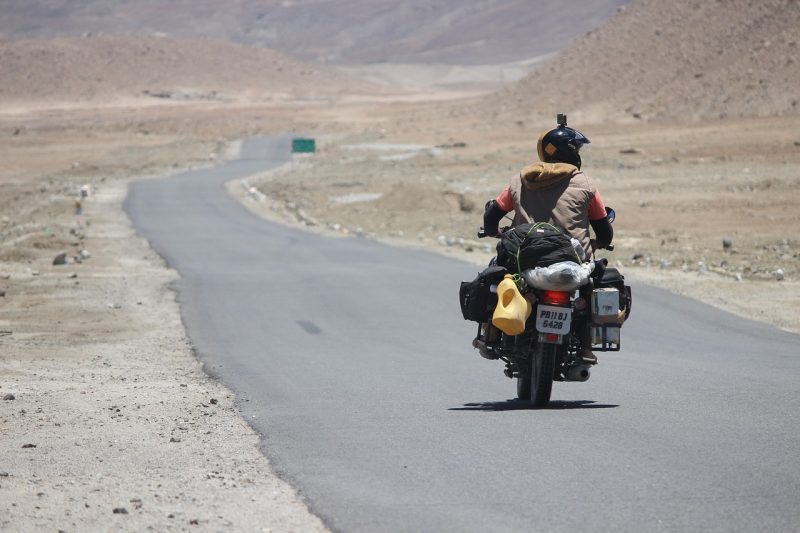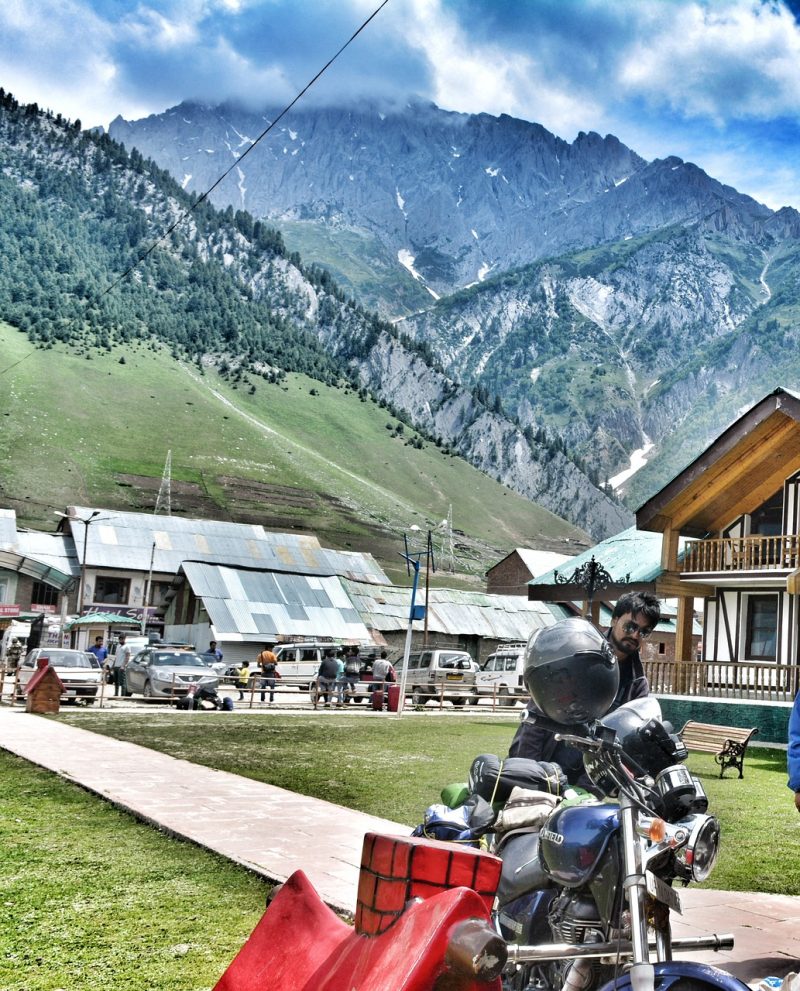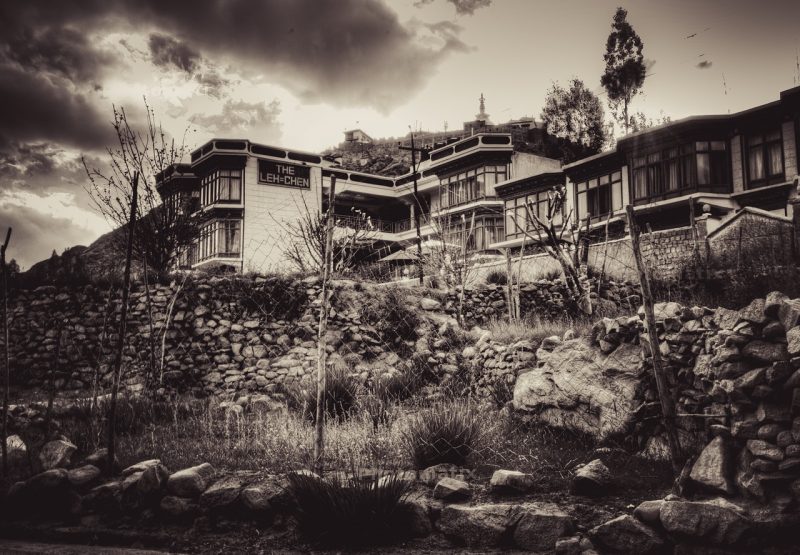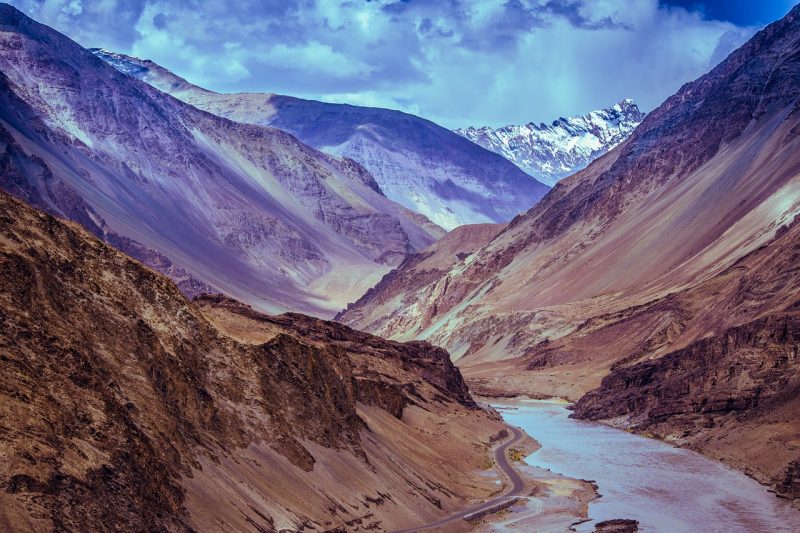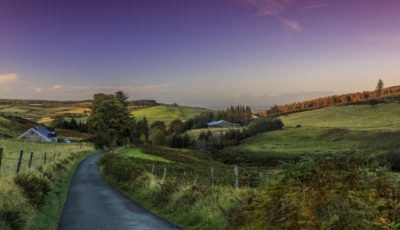Things to Know Before Planning a Trip to Leh
Leh Ladakh is one of the most sought destinations to travel in India. The Cold Desert of India, Ladakh shares its boundary with Tibet. The tourists visiting the place are required to take certain precautions before and during the tour. Here is a list of the few essential requirements that need to be kept in mind before travelling. Leh Ladakh tour packages cost can be checked online, and accordingly, the bookings can be made.
Permit and Passport
The tourists do not need any permit to travel to Leh. If travelling by road, registration is needed for all the international tourist and foreigners. The registration can be done at Rumtse, Sarchu and Drass. If travelling by air, the same process will take place at the airport. The restricted areas like Pangong Tso Lake, Tso Moriri, Tso Kar, Dhahanu and Nubra Valley need Protect Area Permit which can be obtained from the travel agencies. At least six to seven copies of the permit need to be carried along when visiting Leh as checking is done at various points.
Altitude Sickness
This is one of the major problems one encounters while travelling to Leh Ladakh. At higher altitudes, the level of oxygen decreases, and several precautions need to be taken to avoid such a thing. It is best advised to rest for a day or two which gives the body plenty of time for acclimatisation. Portable oxygen cylinders can be carried along for relief. Medicines that can be carried are Diamox, Aspirin and Dexamethasone.
Temperature
There is a great difference in the altitudes at the Ladakh ranges. The place is a land of contrasts. Winters are harsh in comparison to the summers which are comfortable. During winters, the temperature drops to minus 30 and even minus 60 in areas like Drass. Sub-zero temperatures are experienced between Decembers to February. Due to the thin air prevailing here, the intensity of the sun is great here.
Clothing
In summers, between June to September, minimum clothing is required as the temperature is pleasant. Heavy woollens are required in winters from November to February. The temperature fluctuates on a daily basis, and it is advisable to carry clothes accordingly.
Internet and Phone Services
In Leh, all mobile networks have full connectivity. But in Ladakh, a post-paid BSNL connection is the best option to go for. The signals start disappearing from the Rohtang pass itself. It is advisable to keep emergency contacts.
ATM and Bank Facilities
The last ATM is on Manali Leh highway in Manali. It is advisable to keep enough cash. Refuelling is done at Tandi, and the mode of payment accepted is cash. The market in Leh has several ATM’s, but the places like Pangong, Tso Moriri and Nubra Valley do not have any ATM’s, and hence all the transactions have to be done in cash there.
Road Conditions
The Himalayan region experiences snowfall during the winters, and some of the roads are in bad condition during that time. The roads at the rough terrain are built every year, but one should be ready to encounter landslides and roadblocks at any point in time. Other than the natural occurrences, the roads are kept in excellent condition by the authorities.
Identity Proofs
Keeping multiple copies of the Identity proofs is advisable at all times. The proofs should include driving license, insurance, pollution check, Registration papers of the vehicle, PAN card or voter card and all other necessary documents. The military checkpoints have to be crossed only after showing the ID proofs.
Hospitals and Clinics
SNM hospital in Leh is well equipped with all the necessary things to deal with the emergencies. The principal villages of the district have sub-district hospitals and medical dispensaries. Some private clinics are also available in Leh. In case of emergencies, the Army’s hospital can also be visited in Leh. Chemist shops are also open around the hospitals and in the Leh market.
It’s advisable to always take precautions before travelling. Leh Ladakh tour packages cost less if booked online. To avoid any hustle and bustle, make sure to book in advance.

